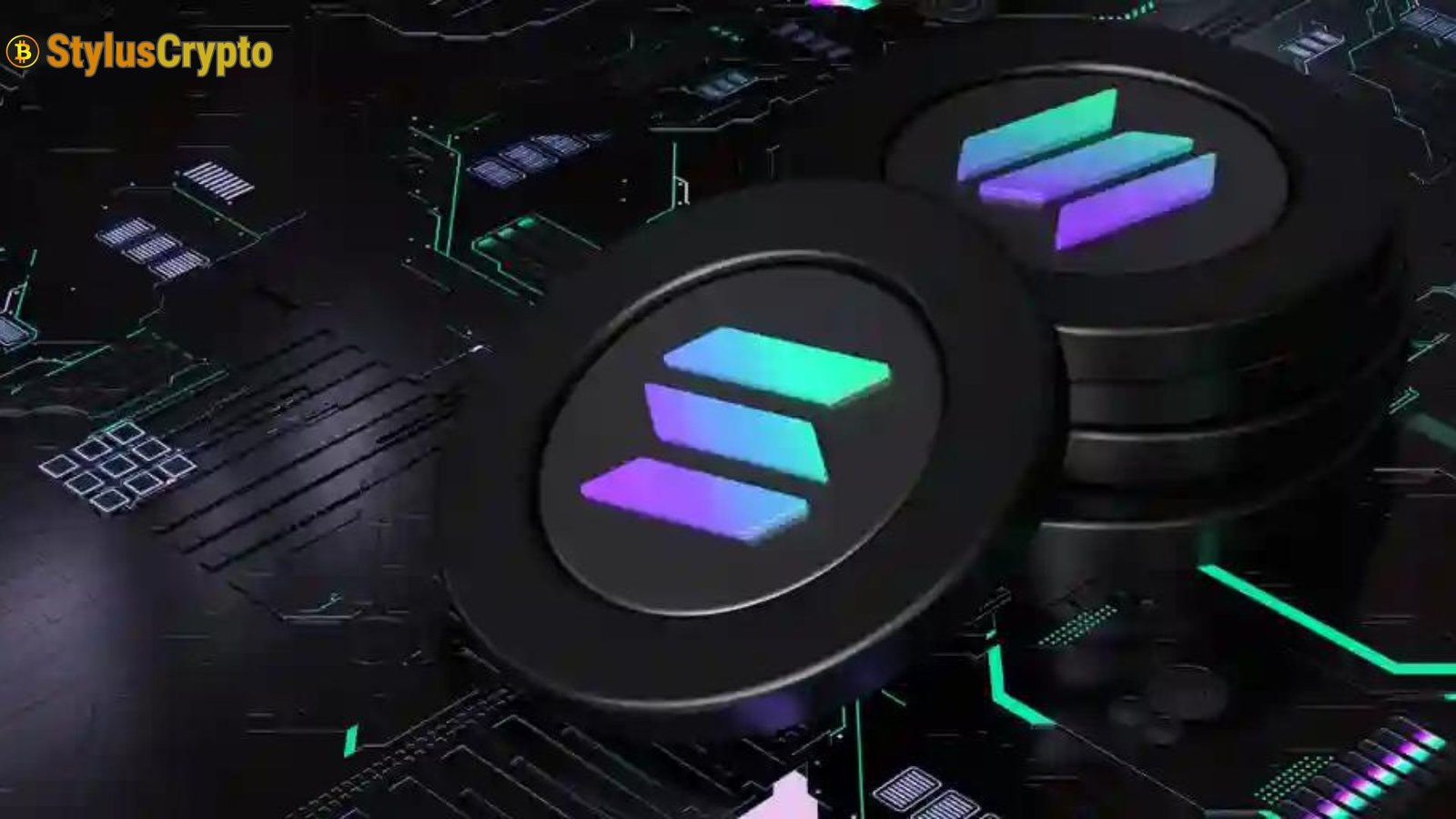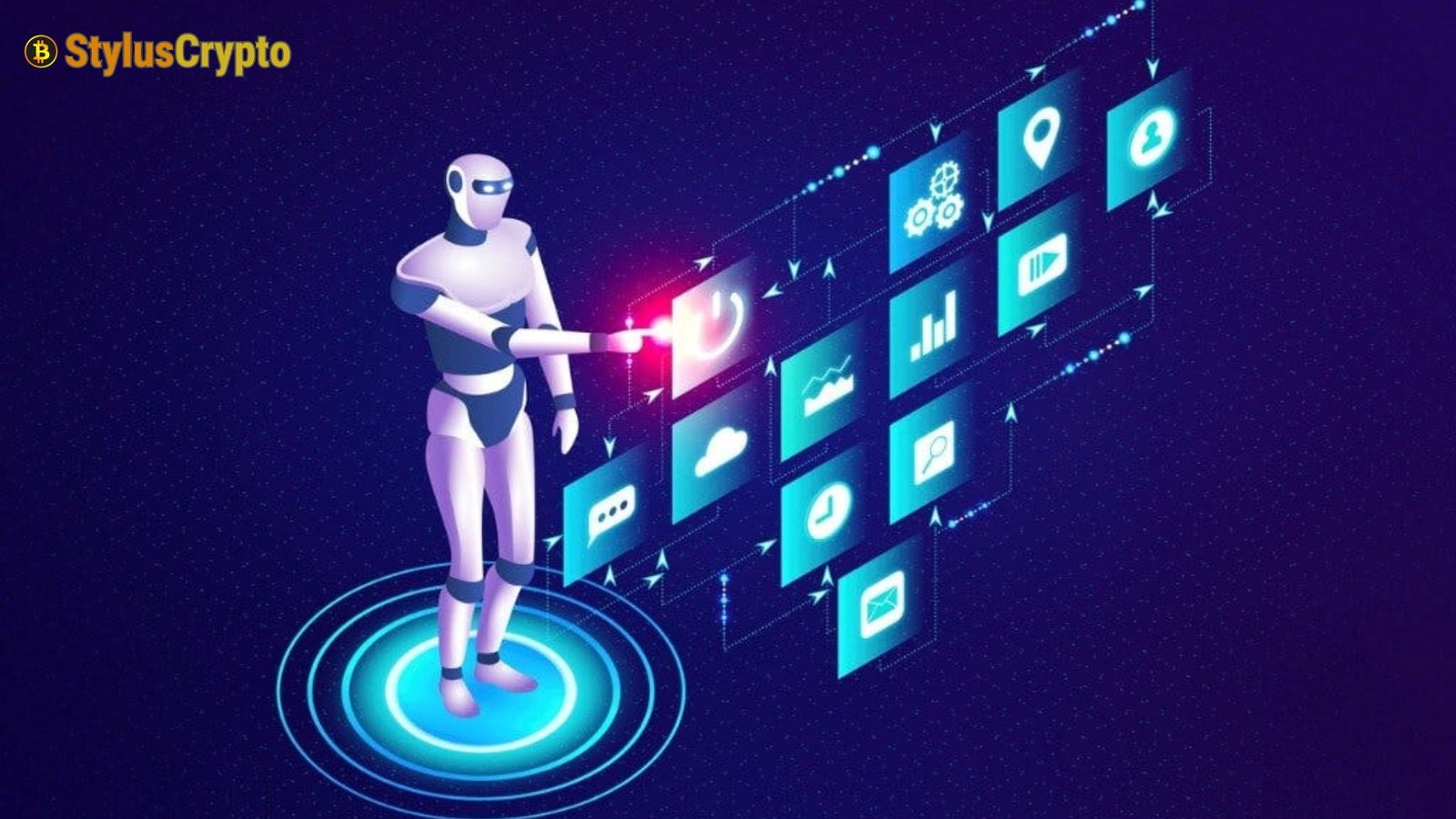A Complete Guide To NFT Our solution is perfect for developers and entrepreneurs who want to build a decentralized marketplace for NFTs. Success in traditional marketplaces is not always guaranteed, but new opportunities arise with Web3 NFT marketplaces. Improved security, unmatched transparency, simplified trading processes, and lower transaction fees are a few advantages of adopting Web3 NFT marketplace development.
Why should web3 NFT marketplace development happen now?

Here are five key reasons why now is the right time to develop a Web3 NFT marketplace.
Rapid Market Growth
Forecasts indicate that the worldwide blockchain industry will expand from $204.24 billion in 2024 to $403.36 billion in 2030, a CAGR (compound annual growth rate) of 67.7 percent. By exploiting this market opportunity, businesses can capitalize on the increasing demand for blockchain-based solutions.
High Demand for Decentralized Marketplaces
One thing that characterizes traditional marketplaces is that they tend to be centralized. However, decentralized alternatives run on a peer-to-peer network are becoming more popular. Web3 marketplaces solve the problems of fraud and censorship that centralized platforms have by providing more security, transparency, and efficiency.
Unique Features and Benefits
Due to their novel features, Web3 markets provide advantages over more conventional marketplaces. They facilitate safe and transparent user interactions, allow for the trading of NFTs, and support decentralized financial (DeFi) services. Businesses may stand out in a crowded marketplace by utilizing Web3 technology to provide customers with one-of-a-kind experiences.
Decreasing Development Costs
The price tag associated with creating a Web3 marketplace gets smaller each year. Organizations can use open-source frameworks, development tools, and innovative contract platforms to cut costs and improve efficiency. Thanks to this affordability, enterprises of all sizes may undertake Web3 marketplace initiatives.
Growing Talent Pool
More and more people are entering the workforce with expertise in decentralized web development and blockchain technologies. Businesses now have an easier time locating qualified developers, designers, and marketers well-versed in Web3 technologies. This makes it easier for them to build and operate Web3 marketplaces. With the help of this expanding pool of talent, we can complete projects for the market and master the complexities of Web3 development.
What are the business potential and revenue models?

The decentralized and transparent nature of Web3 markets gives them great commercial potential. These markets eliminate intermediaries by connecting buyers and sellers directly over a decentralized network powered by blockchain and smart contracts. Their revenue models and possibilities for growth are outlined below:
Eliminating intermediaries
Web3 marketplaces reduce or eliminate the need for intermediaries such as traditional e-commerce platforms or financial institutions. This opens up opportunities for cost savings and efficiency gains for buyers and sellers.
Trust and transparency
Blockchain technology ensures transparency and immutability of transaction data. This enhances trust between participants, as all transactions and interactions are recorded on the blockchain, providing a verifiable history of events. Trust and transparency are crucial for businesses and individuals engaging in online transactions.
Access to a global market
Web3 marketplaces have the potential to connect buyers and sellers from all over the world, providing access to a global customer base. This expands the market reach for businesses and increases the variety of products and services available to consumers.
Tokenization and new revenue streams
Web3 marketplaces often use tokens and cryptocurrencies as a medium of exchange. This enables businesses to create tokens representing ownership, access, or rewards within the marketplace ecosystem.
Decentralized governance
Web3 marketplaces typically incorporate decentralized governance models where decisions regarding platform rules, upgrades, and community initiatives are made collectively by the participants. This gives users a say in the platform’s future and encourages community engagement.
NFTs and unique digital assets
Web3 marketplaces have seen the rise of non-fungible tokens (NFTs), representing unique digital assets such as art, collectibles, or virtual real estate. These marketplaces provide a platform for creators to sell their digital assets directly, eliminating the need for traditional art galleries or auction houses.
How does the web3 marketplace work?

The Web3 marketplace operates on decentralized networks, utilizing blockchain technology and smart contracts to enable peer-to-peer transactions and interactions. Here’s a step-by-step overview of how it works:
Decentralized Infrastructure
Web3 marketplaces are built on decentralized networks, typically using blockchain technology like Ethereum or other blockchain platforms. These networks, known as nodes, are distributed among multiple computers, collectively maintaining a shared ledger of all transactions and data.
Smart Contracts
Smart contracts are self-executing agreements written in code that automatically execute predefined conditions when specific criteria are met. In Web3 marketplaces, intelligent contracts are crucial in facilitating transactions and ensuring trust between parties. They define the transaction terms, hold the funds, and automate the exchange process.
Listing and Discovery
Sellers can create listings for their products or services on the Web3 marketplace. These listings contain details such as descriptions, images, prices, and any additional terms the seller sets. Buyers can browse through the available listings to discover and choose what they want to purchase.
Technical Architecture of a Web3 marketplace
Decentralized Blockchain
Web3 marketplaces like Ethereum, Polkadot, or Cardano are built on a decentralized blockchain network. The blockchain serves as the underlying infrastructure for maintaining a secure and transparent ledger of transactions.
Smart Contracts
Smart contracts are self-executing contracts with predefined rules encoded on the blockchain. They automate the execution and enforcement of transactions in the marketplace, ensuring trust and eliminating the need for intermediaries. Smart contracts define the marketplace’s core functionality, including buying, selling, bidding, and dispute resolution.
Distributed Storage
Web3 marketplaces often utilize distributed storage systems like InterPlanetary File System (IPFS) or Swarm to store and retrieve data. Distributed storage ensures that product listings, images, and other marketplace content are available across the network and resistant to censorship.
Cryptographic Tokens
Cryptographic tokens, such as ERC-20 or ERC-721 tokens on Ethereum, play a vital role in Web3 marketplaces. These tokens represent ownership, value, or access rights to assets within the market. They enable users to buy, sell, and trade digital assets securely and transparently.
Wallets
Users interact with Web3 marketplaces using cryptocurrency wallets that support the relevant blockchain network. These wallets allow users to securely store and manage their cryptographic tokens, sign transactions, and interact with the marketplace’s intelligent contracts.
What are the features to consider while developing a web3 marketplace
When developing a web3 market, there are several must-have features to consider. These features leverage blockchain technology and decentralized principles to create a secure and transparent platform. Here are some key features to include:
- Decentralization: The marketplace should be built on a decentralized blockchain platform like Ethereum to ensure transparency, immutability, and security.
- Smart Contracts: Implement smart contracts to automate transactions and enforce trustless agreements between buyers and sellers. Smart contracts also enable escrow services, dispute resolution, and decentralized governance.
- Wallet Integration: Allow users to connect their cryptocurrency wallets (e.g., MetaMask) to the marketplace, enabling secure and seamless transactions and giving them fcompletecontrol over their funds.
- Cryptocurrency Payments: Support various cryptocurrencies as payment options, allowing users to transact directly with digital currencies without relying on traditional banking systems.
- NFT Support: If your marketplace deals with non-fungible tokens (NFTs), ensure compatibility and support for minting, buying, selling, and transferring NFTs. This includes metadata storage, token standards (e.g., ERC-721 or ERC-1155), and interoperability.
- User Profiles: Enable users to create and customize their profiles, including personal information, preferences, transaction history, and ratings. User profiles facilitate trust-building and reputation systems within the marketplace.
Remember that these features serve as a starting point, and the specific requirements may vary depending on the type of marketplace you are building. It’s essential to conduct thorough research, identify your target audience, and understand their needs to tailor the marketplace accordingly.
Steps for web3 marketplace development
Developing a web3 marketplace involves several steps. Here’s a general overview of the process:
Conceptualization and Planning
Identify the purpose and scope of your web3 marketplace. Determine the type of assets or services it will offer and define your target audience—research existing web3 marketplaces to understand their features, functionality, and potential challenges. Create a comprehensive plan outlining the project requirements, technical specifications, and timelines.
Choose the Right Blockchain Platform
Select a suitable blockchain platform that aligns with your marketplace’s needs. Popular choices include Ethereum, Binance Smart Chain, and Polkadot. Consider scalability, transaction costs, innovative contract capabilities, developer community, and existing tooling and infrastructure.
Smart Contract Development
Design and develop smart contracts that govern your marketplace’s interactions and transactions. Define the data structures, functions, and rules for buying, selling, and managing assets. Implement appropriate security measures and conduct thorough testing to ensure the smart contracts are secure and functioning as intended.
User Interface (UI) and User Experience (UX) Design
Create an intuitive and visually appealing user interface that allows users to interact with your marketplace seamlessly. Focus on providing a smooth user experience, including features like search functionality, filters, sorting options, and straightforward navigation. Consider implementing a responsive design to ensure your marketplace is accessible across different devices and screen sizes.
Web3 marketplace development cost
Several factors need to be considered when estimating the development cost of a Web3 marketplace. Here are some key factors that can influence the overall cost:
- Scope and Complexity: The size and complexity of the marketplace project will significantly impact the cost. Consider the number of features, functionalities, and integrations required. Will it be an essential marketplace or a complex ecosystem with decentralized governance, smart contracts, and other advanced features?
- Design and User Experience: The marketplace’s user interface (UI) and user experience (UX) are crucial in attracting and retaining users. The cost will depend on the level of design customization, responsiveness, and usability you want to achieve.
- Blockchain Technology: Web3 marketplaces typically leverage blockchain or decentralized technologies. The choice of blockchain platform (e.g., Ethereum, Polkadot) and the complexity of implementing smart contracts, decentralized storage, and blockchain interactions will affect the development cost.
Frontend Development
Developing the marketplace’s front end involves creating user interfaces, implementing responsive designs, and integrating with backend APIs. The number of screens, level of interactivity, and integration with blockchain components will influence the cost.
Security Considerations
Due to their decentralized nature, Web3 marketplaces need robust security measures. Audits, code reviews, and implementing security best practices can increase the development cost but are crucial for protecting user funds and data.
Regulatory Compliance
If your marketplace involves the exchange of assets, compliance with relevant regulations (such as KYC/AML) may be required. Implementing compliance measures and integrating with third-party services for identity verification can impact the development cost.
Project Management and Documentation:
The cost should also consider project management, including planning, coordination, and communication. Additionally, creating documentation, user guides, and developer documentation for future maintenance and updates should be factored in.
Conclusion
In 2025, Web3 marketplaces created secure and transparent ecosystems for trading digital assets, goods, and services. These marketplaces used blockchain technology, smart contracts, and decentralized storage. There are many benefits to using these decentralized platforms, including better security, lower prices, and more sovereignty over one’s data. The proliferation of NFTs and digital ownership is fueling their potential to shake up various industries, including the art and collectibles market, the financial sector, and even the government. Industry collaboration and refinement are necessary to address remaining difficulties, such as scalability, user experience, and regulatory frameworks.

